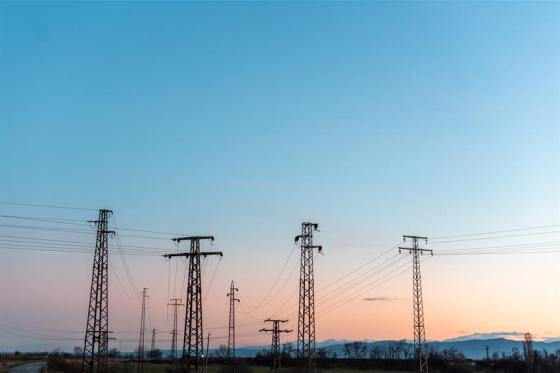Network development
Network development
A cooperative process

Developing new networks in Europe in order to facilitate cross-border flows requires a close coordination of several processes and actors.
A common EU-wide Cost-Benefit Analysis methodology was developed by ENTSO-E to be used for infrastructure projects assessment, and it is reviewed when needed.
Every two years, based on the scenarios on the future state of the electrical system, ENTSO-E assesses the projects included in the EU-wide Ten-Year Network Development Plan (TYNDP).
Network development
What's the role of ACER?
ACER is strongly involved in all network development aspects, assessing not only the methodologies and guidelines developed by ENTSO-E for the various elements of the TYNDP, but also how they are implemented for the project assessments in the TYNDP. The Agency also verifies the consistency of the TYNDP with national development plans and provides an overview of related infrastructure reference costs.
Network development
How can regulation incentivise efficient investments in electricity grids?

Significant enhancement in electricity grid capacity is needed to realise Europe’s decarbonisation objectives and ensure a high level of security of supply. New grid build-out is just one way and proving to be the costliest way to do it. Despite their advantages, innovative solutions are not yet spearheading investment choices.
In the context of the European Commission’s EU Action Plan for Grids, ACER is looking at best practices to promote smart grids and network efficiency technologies through tariff design.
ACER has thus commissioned the Florence School of Regulation (FSR) to conduct a study on existing regulatory frameworks and how regulators could incentivise a more efficient use of existing and future electricity grids.
Building on the previous research conducted by FSR on behalf of ACER, the report presents a new regulatory scheme which focuses on the value projects bring (i.e. benefit) and not on their costs. By sharing this benefit between the grid user and grid operator, a stronger incentive for technology-neutral solutions is created while mitigating the tariff increase (in comparison to the business as usual, e.g. investing into infrastructure alone).

